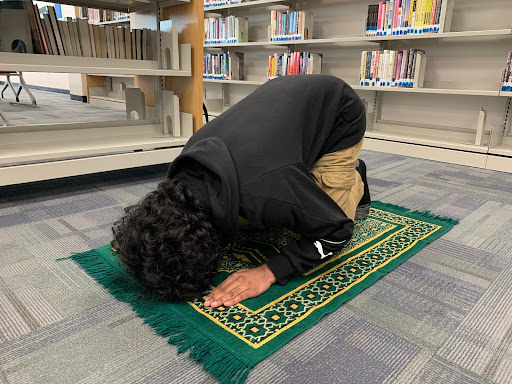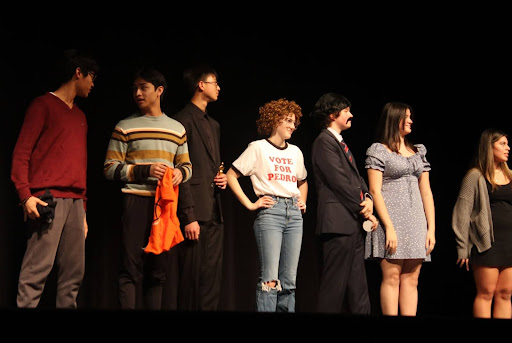All the way to Ecuador: an opportunity of a lifetime

Photo courtesy of Gracie Eassa
These mountains, found at a nature reserve in the cloud forest between the west Andes and the coastal region of Ecuador, were the background during Eassa’s trip. She took this photo while sightseeing on a hike.
All students are encouraged to do community service throughout their high school career, including service learning and Capstone projects.
Not all students perform community service, however, and those that do typically do it close to home, but others, such as sophomore Gracie Eassa, go above and beyond to volunteer. Eassa, along with students from 18 other FCPS high schools, visited Ecuador for a week and a half to volunteer for at least six hours every day with impoverished children living in urban market environments.
“The kids were all like, six years old and they had no teeth because they had rotted out of their mouths, [and] there was a girl who was only 14 or 15 and she was already pregnant,” Eassa said. “In Ecuador, [it’s] very impressive buildings and then you cross the train tracks and it’s just slums.”
According to the World Vison organization, about 32% of Ecuador’s population lives below the national poverty line and one in four children are malnourished.
“The kids were very happy with what they had even though they could barely afford water,” senior Lauren Nguyen, another student on the Ecuador trip, said.
The volunteers would go into the markets and play with the children to reduce their work hours, since many of the kids worked to support their struggling families, spending four or five hours only making the journey to their jobs. The students wanted to give them an opportunity to be kids and would read to the Ecuadorian children, let them color, and even just talk to them.
Eassa worked with a little girl who was two and a half years old named Lupita. She didn’t speak Spanish like the other kids, she spoke Quechua, which is an indigenous language spoken in the Andes Mountains.
“I couldn’t communicate with her, but she still sat in my lap and listened to me as I read her books in English,” Eassa said.
The students did more than just spend time with the children, however. They painted a total of three schools, and enjoyed the local attractions, climbing a mountain, hiking to a waterfall, and trying new foods.
Spanish, the main language spoken by the Ecuadorians, was picked up quickly by the students participating in the volunteer program.
Eassa, who rated her Spanish as decent, now says that she’s much better at it than before.
“I’ll never forget how to say, “Can I hug you?” in Spanish,” Eassa said.
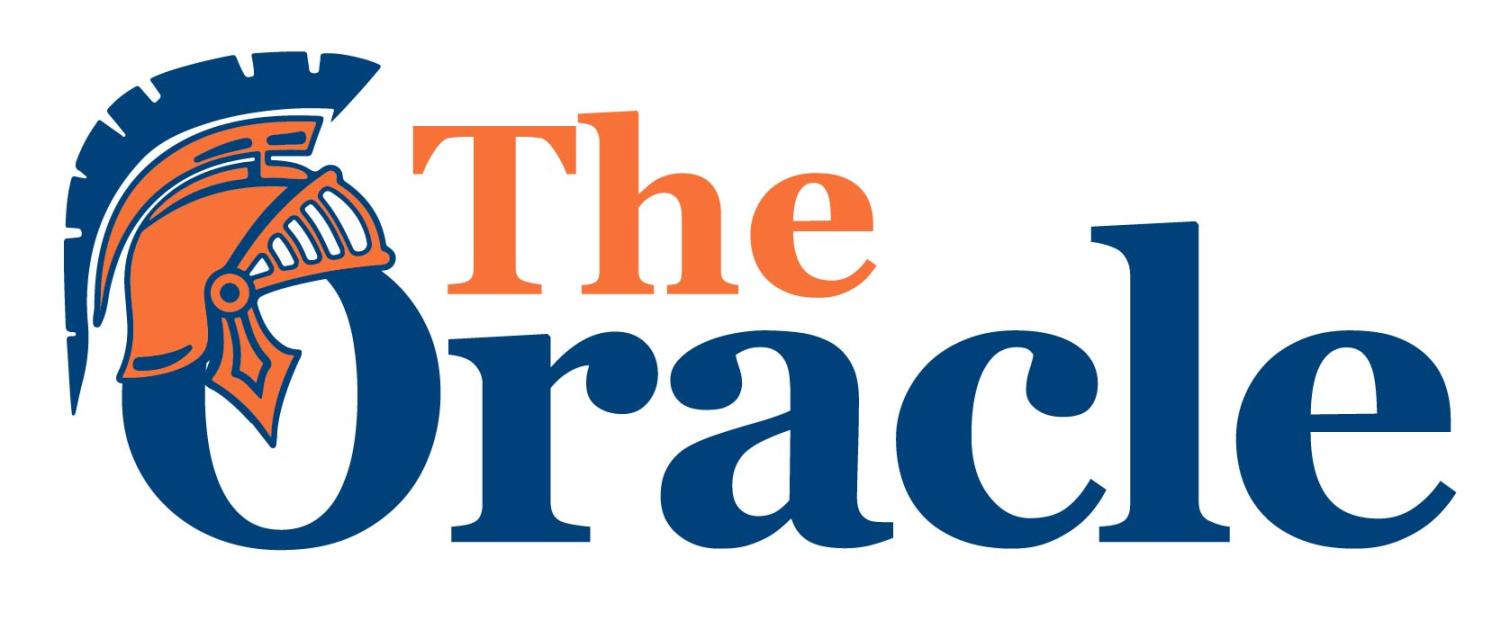

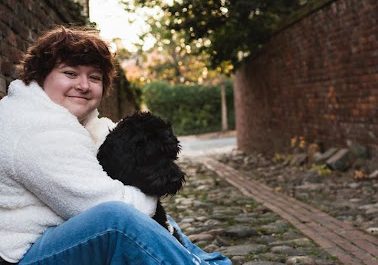
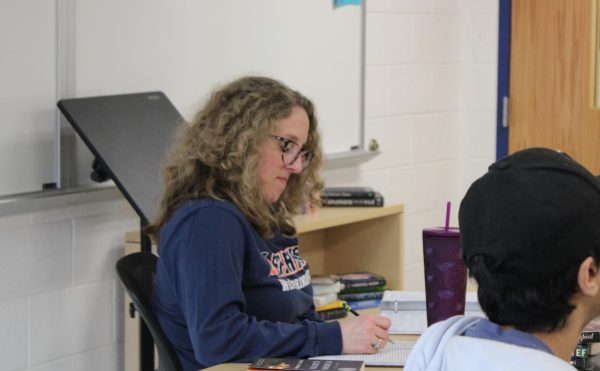

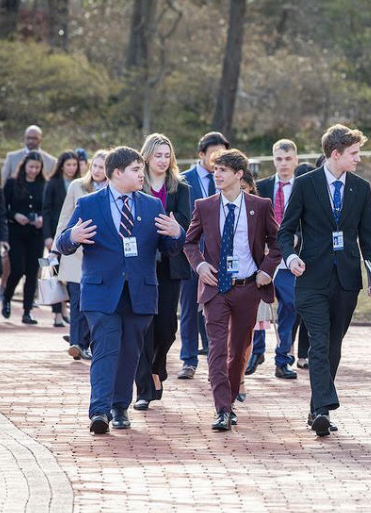
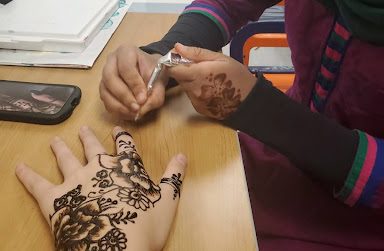
![“Smiles for Myles [is the idea that] happiness can be a long term thing for Myles,” said Buddies Club sponsor and disabilities teacher Madison McKenna.](https://theoracleonline.org/wp-content/uploads/2024/02/MylesArticleKeyPhoto-452x600.jpg)
